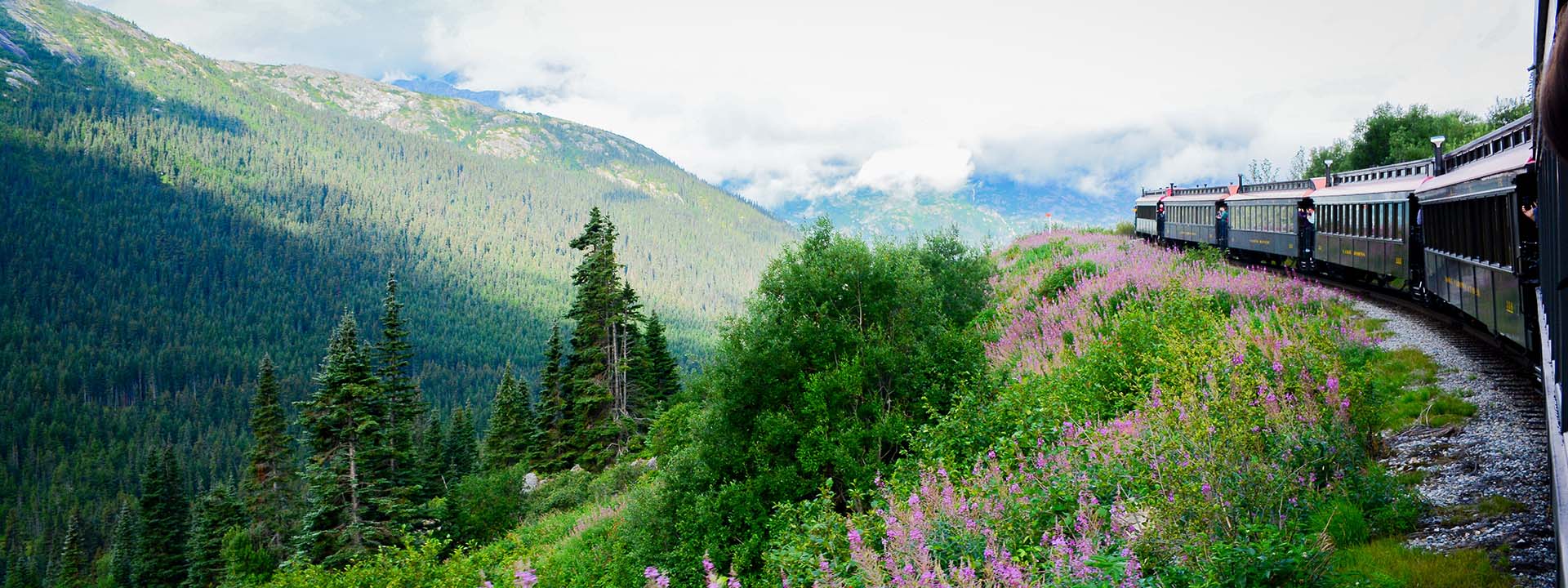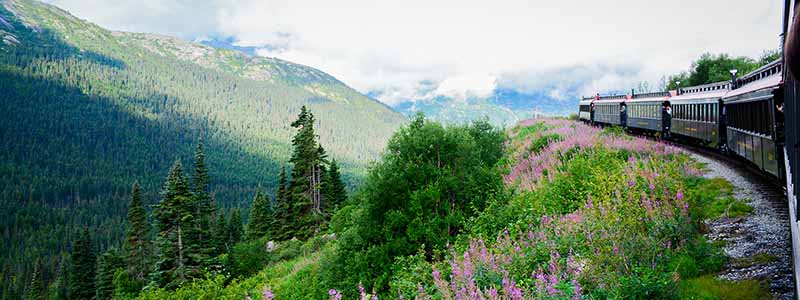

Train travel is making a comeback, drawing adventurers with its scenic routes, nostalgic charm and slower eco-friendly pace. This trend tracks with a rise in older, affluent travelers seeking both comfort and convenience to explore the world. In a new report, Visa Business and Economic Insights (VBEI) analyzed global train travel trends to unpack the momentum of this timeless and increasingly popular way to travel. Here are five payments trends that are signaling the rise of luxury train travel.
Trend 1: Global train travel spend outpaces global tourism overall
Analyzing spend across more than two dozen rail companies and travel agencies that specialize in rail travel, the analysis revealed that demand for international train journeys has outpaced total cross-border tourism spending worldwide. From 2019 through 2024, travelers’ cross-border spending on rail tours rose 59 percent compared to 18 percent in spending on cross-border tourism overall.
Where are these tourists departing from? VBEI identified the top five markets from which outbound spending on international train trips has risen the fastest compared to international tourism overall.
Top five train travel growth markets (outbound, 2019-2024)
- New Zealand
- Netherlands
- Switzerland
- Ireland
- United Kingdom
Trend 2: Train travelers cross borders to reach rail destinations
Taking a deeper look at travelers on five rail tours in the Western Hemisphere — reaching as far south as Ushuaia, Argentina and as far north as Jasper, Canada — provides insight into the typical profile of rail passengers. Not only are these travelers a more diverse, affluent set, but they also have an outsized impact on the local communities they visit.
It may not come as a surprise that most cross-border travelers on train journeys in the Western Hemisphere are from nearby countries. More than two-thirds of all rail travelers are intra-regional, with U.S. visitors accounting for one out of every four, according to estimates based on the number of Visa credentials used to purchase rail tours in Canada, Peru, Mexico and Argentina and statistics on total inbound travel to these countries. More noteworthy is that many visitors are traveling across continents to reach rail destinations, defying the long distances needed to reach such locales.
Trend 3: Train travelers invest more in their journeys
Spending varied significantly between travelers who purchased rail tours and those who did not, according to VBEI’s analysis of Visa transactions by international tourists during their trip.
Aggregated traveler data from more than 40 countries indicates that, above and beyond the initial cost of the rail tour, train travelers spent an average of 72 percent more than non-train travelers.
The amount rail tourists spent was even greater than this average for a dozen countries, including nearby ones such as the United States, Brazil and Chile, as well as more distant countries such as the United Kingdom, Italy and the Netherlands.
Trend 4: Train travel incentivizes tourists to explore new places
Train journeys take travelers across distances and often involve many stops. Among the rail tours explored in this insight, even the shortest journey, which starts in Cusco, Peru and ends in Machu Picchu spans 720 miles and could potentially include as many as four stops.
Considering that several train experiences in the Americas cross remote valleys and stop in hard-to-access locations, it is possible that train travel is helping to support economic development, and payments, in these and other destinations.
Compared to other visitors, train travelers stop and spend in at least twice as many locations (sometimes even three times as many) in the same country over the course of a year.
Trend 5: Train travel can fuel economic growth in destination cities
Overall, train travelers end up spending more on transportation, lodging, retail and restaurants than non-train travelers.
The significantly higher spending by card among train travelers in the main categories associated with tourism, combined with their tendency to visit more (and sometimes remote) locations, may play a key role in developing an ecosystem of local services.
Public officials, entrepreneurs and small business owners can leverage these insights to develop and expand services around train stations worldwide.